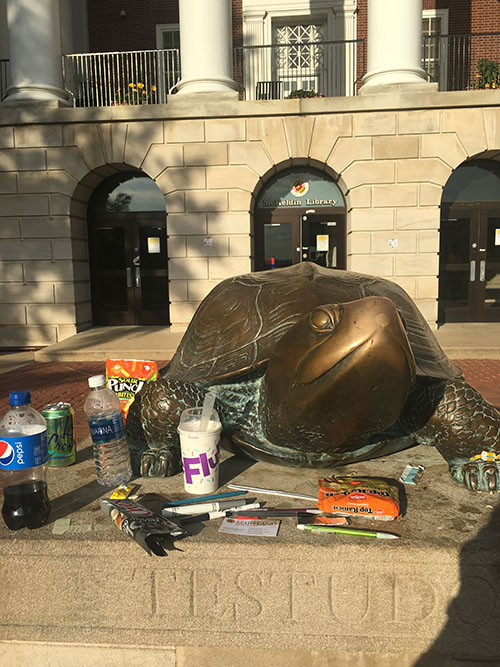By: Eira Tansey
Preservation has always been central to the mission of research libraries, which are charged with preserving knowledge, in all its forms, for use. Digital material faces different preservation challenges than analog materials. Rapid changes in file formats, software and hardware mean that digital content created according to today’s best standards risks being unusable or degraded in the future.
At the University of Cincinnati Libraries, we have significant born-digital and digitized content. Much of this can be found in Scholar@UC, UCL Digital Collections, and Luna. Digital preservation refers to the various preservation measures undertaken to ensure long-term use and access of digital materials for enduring sustainable preservation. Archivists and librarians must make many key digital preservation decisions, such as whether to migrate old file formats to new ones, determining how and where to store files, and scheduling file integrity checks. Digital preservation is more than just backups, but storing extra copies of content is a critical component of a digital preservation strategy. To mitigate against complete loss, it is important to store extra copies in different locations. According to the National Digital Stewardship Alliance, increasingly enhanced levels of digital preservation emphasize greater geographic distribution of copies.
To accomplish the geographical distribution of our copies, UC Libraries is an active member of Academic Preservation Trust (also known as APTrust). We have been a member of APTrust since late 2013. APTrust provides a “dark archive” for participating members who transfer content that is then replicated across multiple servers in different locations.
In my capacity as UC’s digital archivist, and as chair of the Libraries’ recent Digital Preservation Working Group, I recently attended my first APTrust meeting at the University of Maryland (College Park) Libraries. Dean Xuemao Wang and Library CTO May Chang also attended the recent meeting. The meeting lasted a day and a half, kicking off with a talk from Phil Bourne, director of the UVA Data Science Institute on the challenges of open data within higher education. Subsequent meetings over the rest of the time together concerned growth of the consortium, technical updates, and what type of work to prioritize over the next several months. University of Cincinnati is a very active member of APTrust, as demonstrated by our ongoing participation in organizational governance and our transfer of over half a million files to date.
The meeting was an enormously valuable experience – as I continue our work with preserving the university’s born-digital history, it is critical to participate in the discussions that have major implications for our local approaches to digital preservation.

